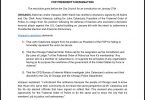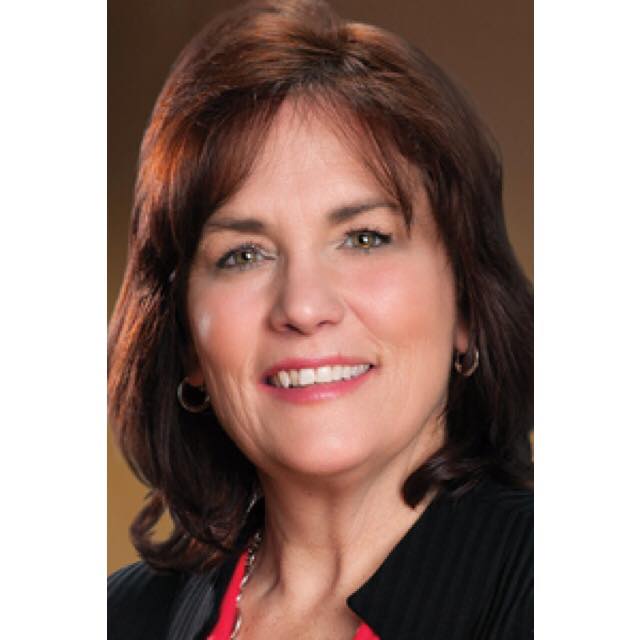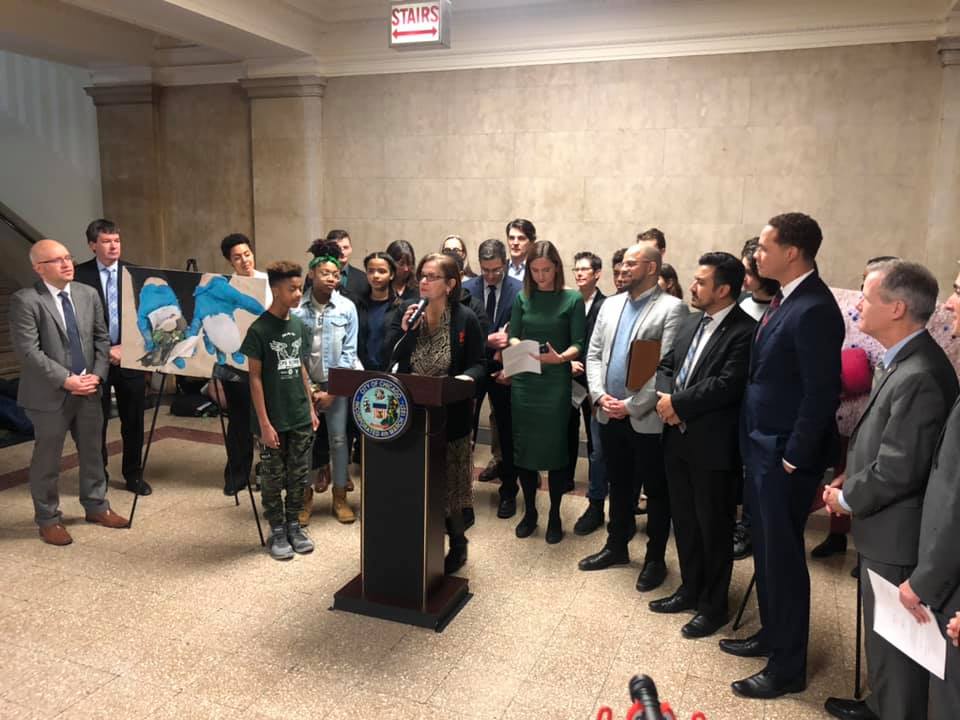CHICAGO (CBS) — The Army Corps of Engineers is considering dumping material dredged up from the bottom of the Calumet River and Cal-Sag Channel at five locations on the Southeast Side.
The alderman in the 10th Ward is fighting back, saying that the neighborhood shouldn’t be a toxic dumping ground, CBS 2’s Derrick Blakley reports.
“The people of the 10th Ward have had enough,” said Ald Susan Sadlowski-Garza. ‘We have 8 landfills, toxic landfills, medical landfills. We deserve something better than landfills in our neighborhood.”
One location, known as the KCBX north terminal, near 100th Street and Commercial, is one of five sites where the Army Corps wants to dump the material.
“The river’s indeed cleaner than it used to be,” said Sadlowski-Garza. “But there’s lead, there’s arsenic, there’s chromium–things in that water that have been there a very long time.”
In addition to the KCBX site, the other locations are: Two sites from the former Wisconsin Steel factory, a site at 116th and Burley and the former KCBX south terminal.
This is the same community that won a battle to remove piles of petroleum coke–a byproduct of the oil-refining process–that used to blow into nearby neighborhoods.
Olga Batista of the Southeast Environmental Task Force said: “We’re fighting for it not to get worse but we’re also fighting for it to get better.”
Ald. Sadlowski-Garza says the original site for the dump was in Congressman Dan Lipinski’s district, but Lipinski put a stop to it.
“We don’t want this here,” said Sadlowski-Garza. “I don’t know what part of this they don’t understand.
‘We’re not taking Dan Lipinski’s garbage. They need to take it to the quarry and dump in the quarry, not here.”
In a statement, a city spokesman said: “We are currently evaluating nine locations and with input from the community, we plan to identify a single location where the sediment will be safely deposited. The facility is being planned for 20 years of capacity.
“Our goal is to educate the community about how this will be done in an environmentally safe manner.”







